SDL Resource List
Welcome to our curated list of self-directed learning resources, ideal for parents seeking to enhance their child’s educational journey and, in some cases, even for students themselves. These selections aim to empower learners with the autonomy and motivation to explore their passions and interests deeply. This is a growing, changing list. If you have any questions about any of the books or are looking for more details, please feel free to reach out to us via our contact us page.
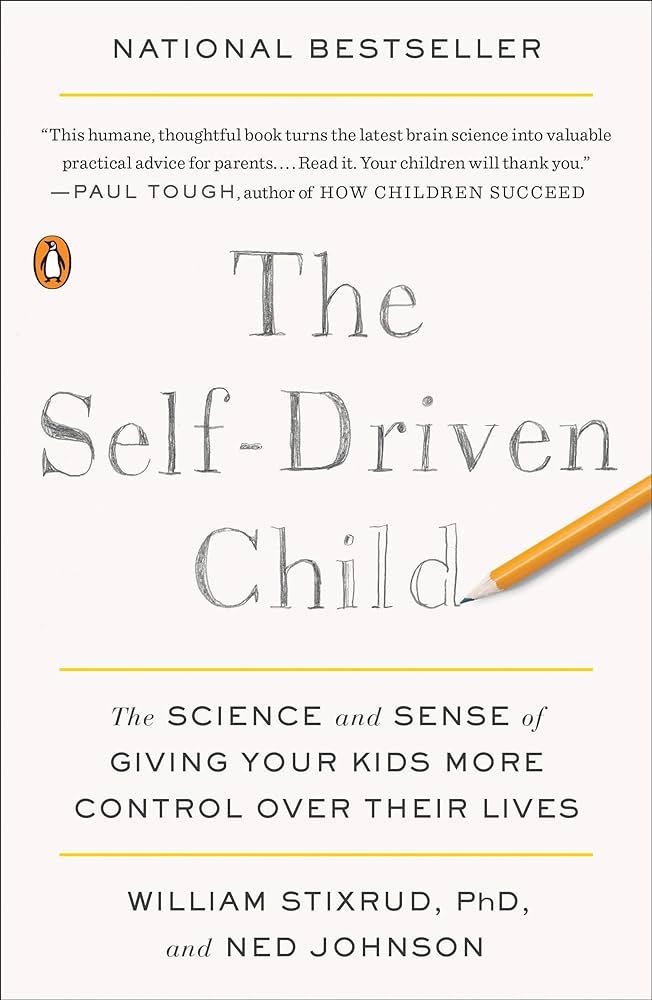
The Self-Driven Child by William Stixrudm PhD and Ned Johnson
“The Self-Driven Child” champions the empowerment of children through increased autonomy in their educational and personal lives. The authors argue that autonomy fosters motivation, success, and emotional wellness. Parents are guided on transitioning from enforcers to consultants, fostering resilience and self-efficacy in their children. Educators are encouraged to create environments that offer choices, enhancing student engagement and ownership of learning. This book is a valuable resource for fostering a supportive atmosphere that encourages self-directed learning.
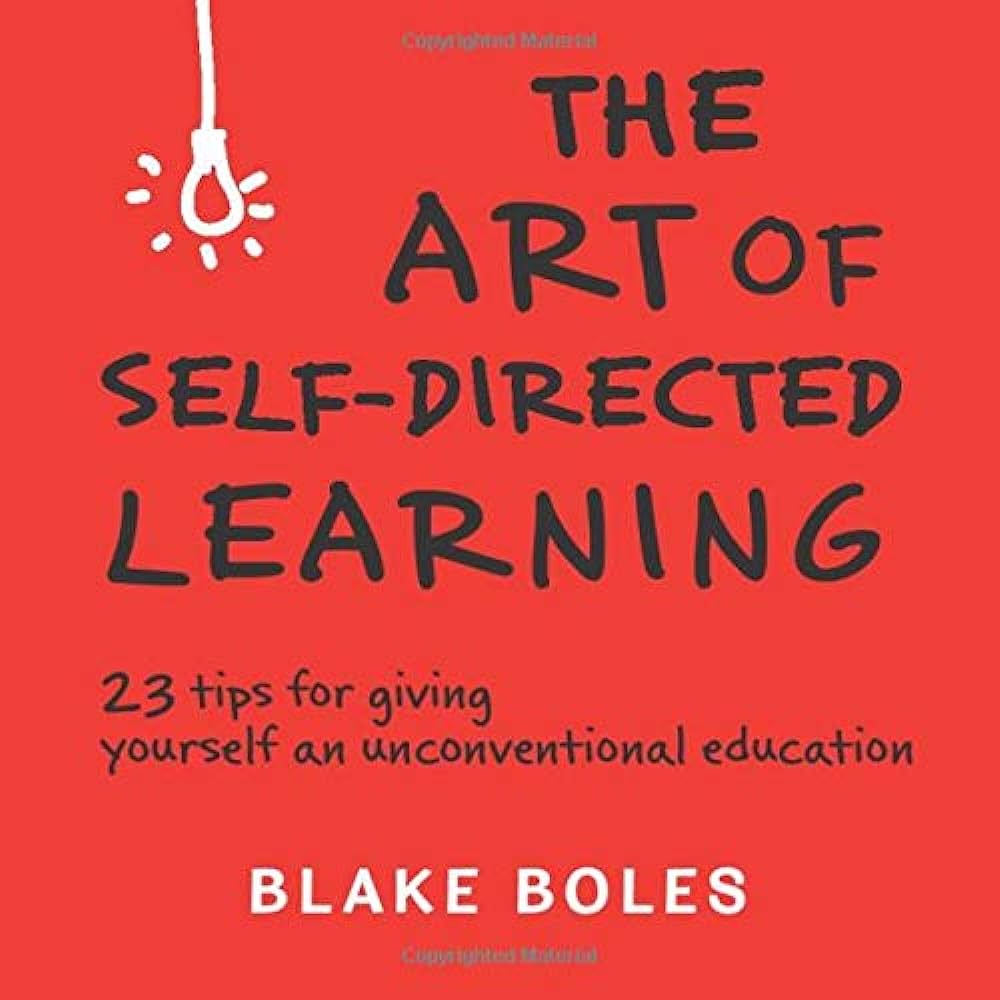
The Art of Self-Directed Learning by Blake Boles
Blake Boles’ “The Art of Self-Directed Learning” is an inspiring guide that celebrates autonomy in learning. It positions self-directed learning as a balance between learner autonomy and structured education, advocating for educators to serve as facilitators. Parents and educators alike will find actionable advice for creating environments that nurture curiosity and personal responsibility. For students, particularly in later K-12 stages, this book serves as a powerful tool for realizing the potential of self-guided education.
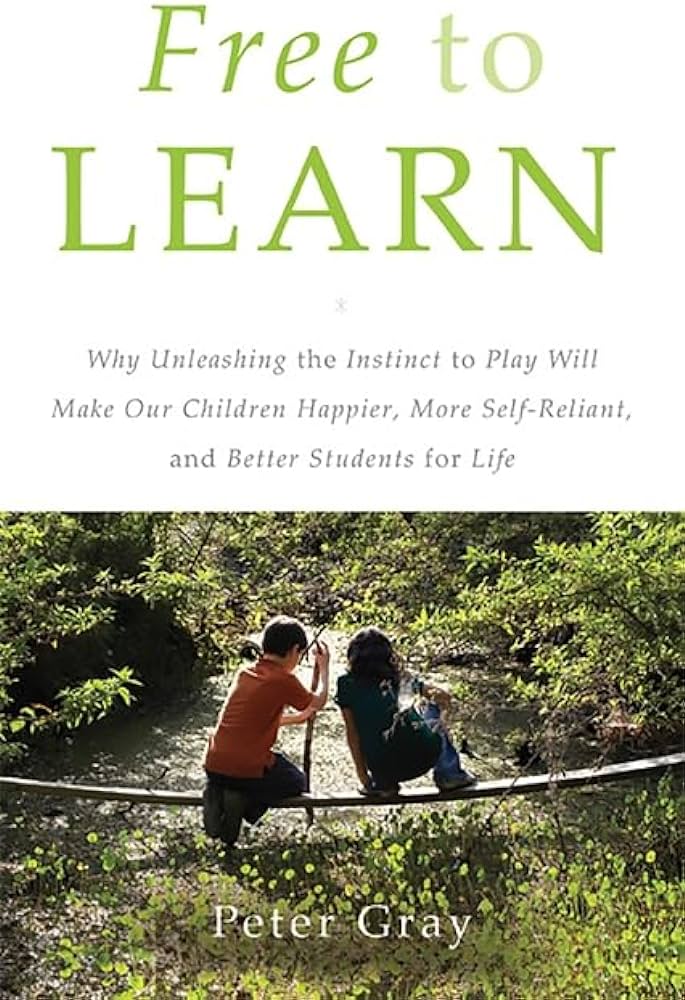
Free to Learn by Peter Gray
In “Free to Learn,” Peter Gray explores the importance of curiosity and play in learning, suggesting that formal education often suppresses these natural inclinations. The book advises parents on the value of free play and highlights for teachers the benefits of less restrictive learning environments. It presents alternative education models that prioritize freedom and democratic participation, urging a shift towards trustful parenting and teaching to cultivate motivated, creative learners.
[Please note that the book contains one sentence with explicit language in a passage describing bullying, so reader discretion is advised]
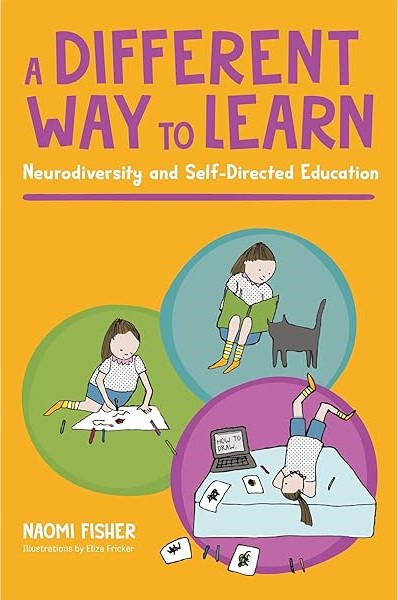
A Different Way to Learn by Naomi Fisher
“A Different Way to Learn” advocates for embracing neurodiversity in education, arguing that the standardization often fails to accommodate diverse learners. It offers parents strategies for supporting neurodivergent children by creating flexible, responsive home environments. Educators are encouraged to adopt self-directed learning principles, facilitating a learning experience that resonates with every student. This book is a crucial read for understanding and implementing inclusive educational practices.
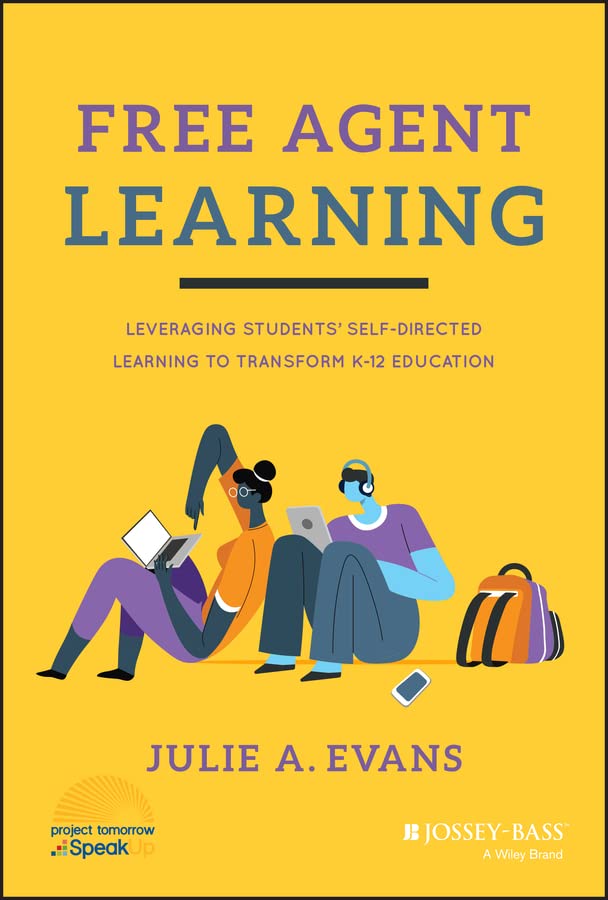
Free Agent Learning by Julie Evans
“Free Agent Learning” delves into the transformative potential of self-directed learning within K-12 education. Highlighting technology’s role in empowering student choice, it challenges educators to foster a learning environment that prioritizes student interests and motivations. The book offers insights for parents on supporting their children’s educational endeavors at home, promoting a culture of learning that extends beyond traditional classroom boundaries. It presents a compelling case for integrating self-directed learning into the educational system.
